Western Union said it will launch a dollar-backed stablecoin and build a new crypto payment network on Solana, a move that could reshape how the company moves money across borders.
According to company filings and press releases, the token will be called USDPT and is scheduled for the first half of 2026. Anchorage Digital Bank will issue the token, reports show.
Western Union Taps Solana And Anchorage Digital Bank
Based on reports, Western Union plans a “Digital Asset Network” that will let users send, receive, hold and spend USDPT through its global agent network.
The company serves more than 100 million users across 200+ countries and territories. Some sources place the user base at 150 million, which helps explain why Western Union picked a blockchain built for high throughput.
Solana was chosen for low transaction costs and the ability to handle many operations per second.
Technical partners are already named. Anchorage Digital Bank, which has US federal oversight, will custody and issue USDPT.
.@WesternUnion USDPT and the Digital Asset Network, built on Solana.
Changing how the world’s money moves.https://t.co/FVobqBOUPA pic.twitter.com/RlHvOC3E6Z
— Solana (@solana) October 28, 2025
Reports say Western Union will use its agent locations to convert between fiat cash and the stablecoin, giving people on both sides of a transfer a way to get real dollars or dollar-tokens. That hybrid model aims to mix a familiar cash network with token rails.
What This Means For Solana And Remittances
Market observers say this is a major vote of confidence for Solana. If millions of Western Union transfers start routing through token rails, Solana could see a spike in transactions and demand for its native token, SOL, to pay fees.
Meanwhile, questions remain. Can the chain cope with the scale implied by Western Union’s reach? One analysis asked whether Solana can handle 100 million users sending dollar tokens around the world.
Scalability tests and stress runs will matter, and Western Union’s rollout plans will likely phase in markets to reduce risk.
According to regulators and industry watchers, stablecoins face tight oversight in many countries. Western Union’s plan depends on regulatory approvals and clear custody arrangements.
Anchorage’s regulated status helps, but local rules in some markets could delay or limit service. Reports also point to the need for strong reserve practices, audits and consumer protections before full public use.
Western Union is pitching the initiative as a way to modernize payments while keeping control over the economics tied to the token.
The company says a managed stablecoin could lower costs and speed settlement on certain corridors. Analysts will watch remittance corridors where cash pickup is still common — places like the Philippines — to see how quickly users accept token-based transfers.
Featured image from Social Press, chart from TradingView

You can get bonuses upto $100 FREE BONUS when you:
💰 Install these recommended apps:
💲 SocialGood - 100% Crypto Back on Everyday Shopping
💲 xPortal - The DeFi For The Next Billion
💲 CryptoTab Browser - Lightweight, fast, and ready to mine!
💰 Register on these recommended exchanges:
🟡 Binance🟡 Bitfinex🟡 Bitmart🟡 Bittrex🟡 Bitget
🟡 CoinEx🟡 Crypto.com🟡 Gate.io🟡 Huobi🟡 Kucoin.
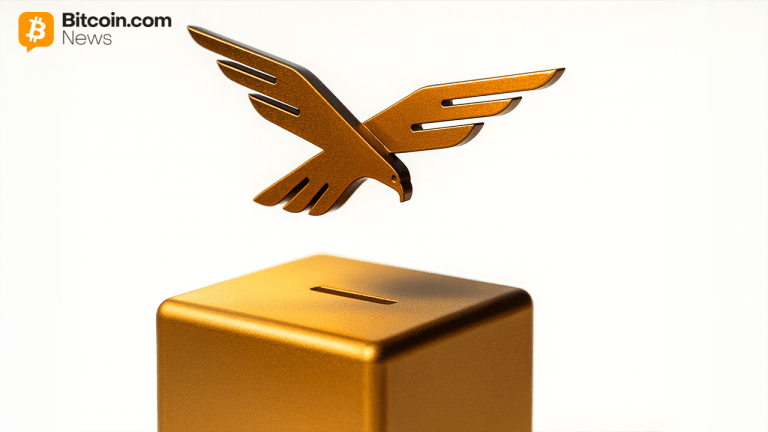
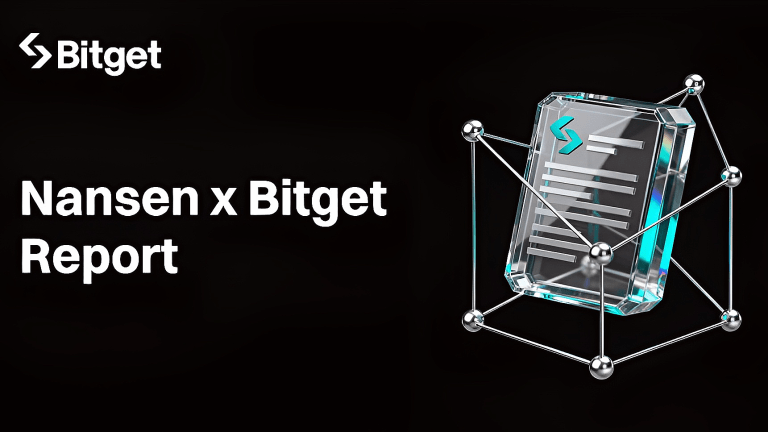
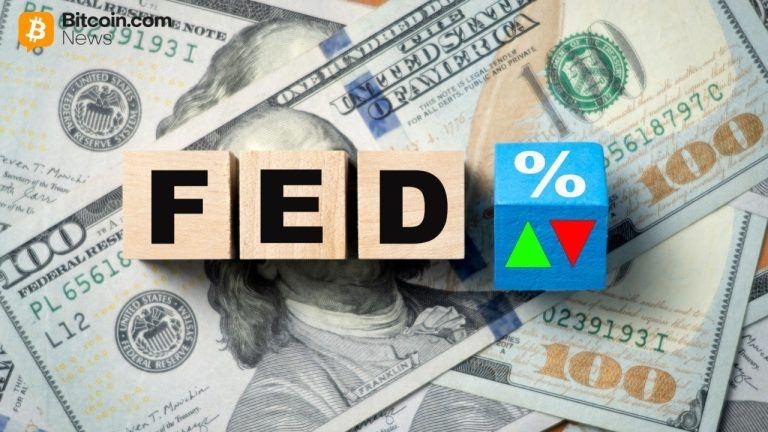
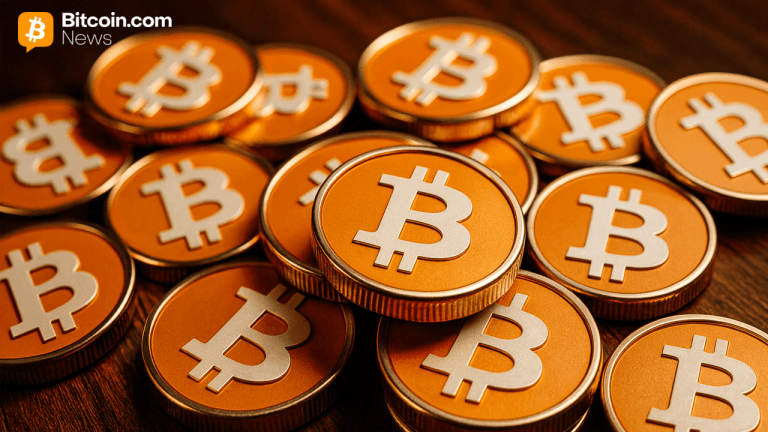


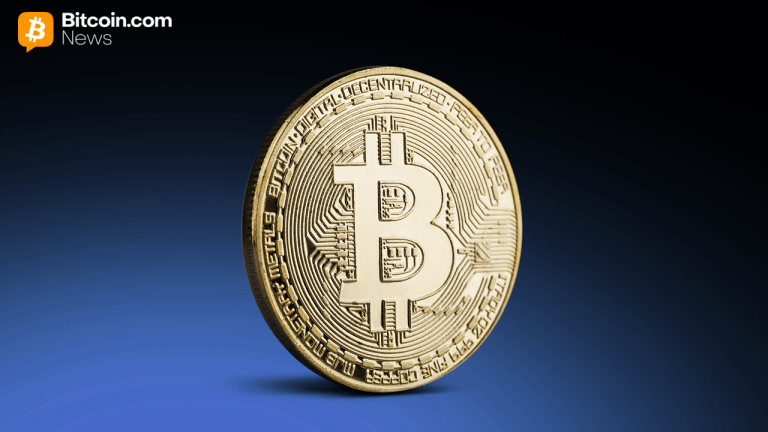

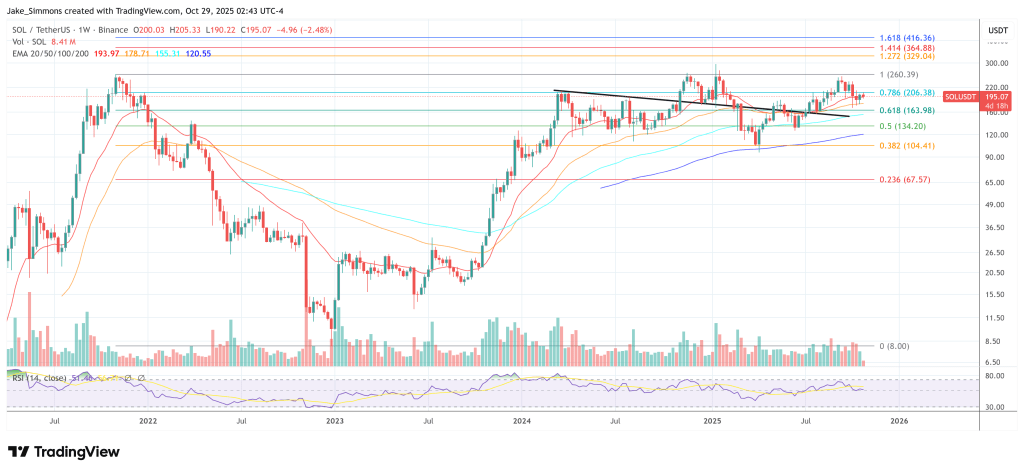
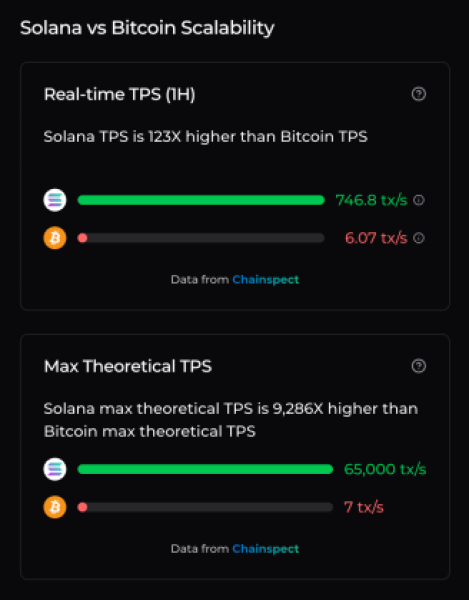


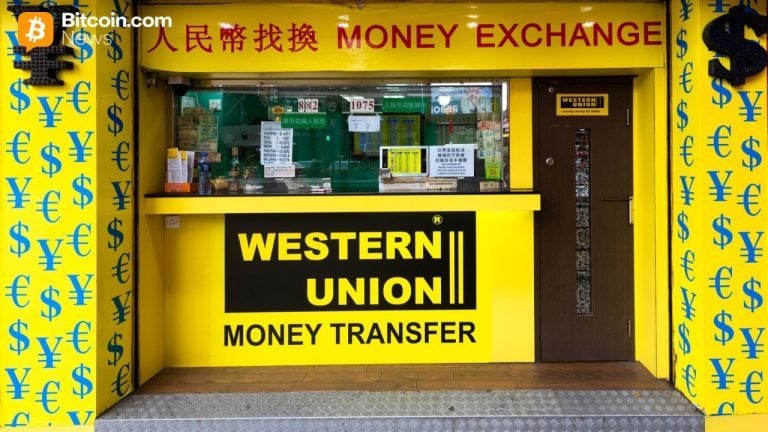

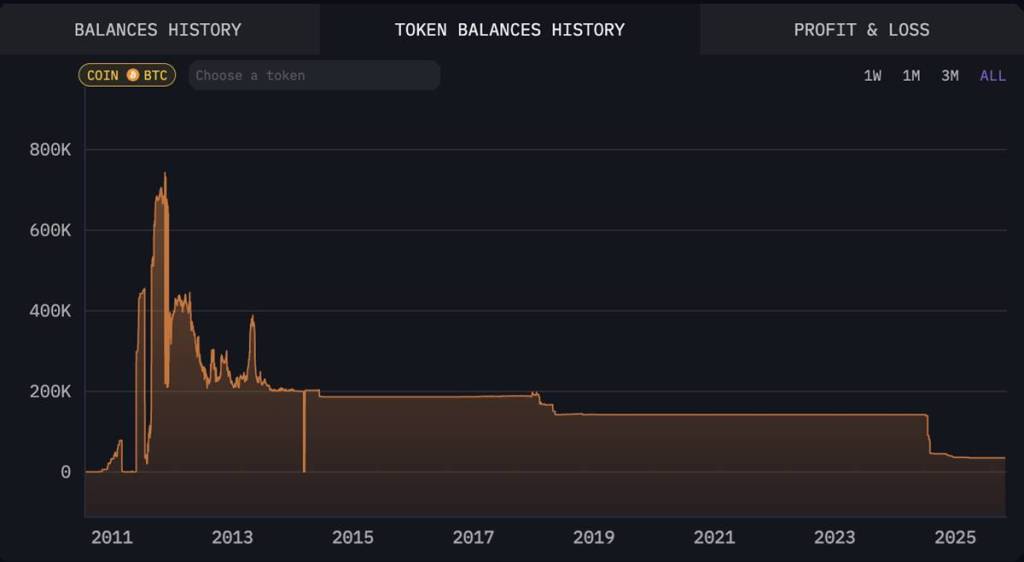
Comments